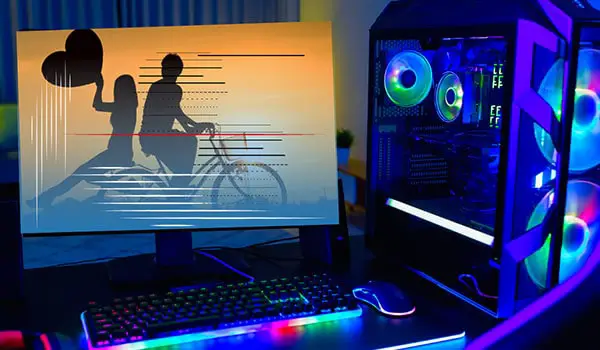
Artifacting” in a GPU context refers to unexpected visual glitches or anomalies displayed on a screen due to various potential GPU issues. These artifacts can manifest in many ways, such as strange lines, patterns, colors, or other visual distortions that shouldn’t be present in the rendered image. I will discuss types, causes, tests, solutions, and examples to understand better.
What is Artifacting GPU?
“Artifacting” refers to visual glitches or anomalies due to graphics card (GPU) issues. Artifacts can manifest in various ways, from odd lines and shapes on the screen to incorrect colors and textures. When a GPU is artifacting, it indicates a potential problem with the graphics card, its memory, or another related component.
Types of Artifacts
Geometry Artifacts: These involve issues with shapes on the screen, like weird lines or shapes appearing in 3D games. They can be due to problems with the GPU’s processing of data.
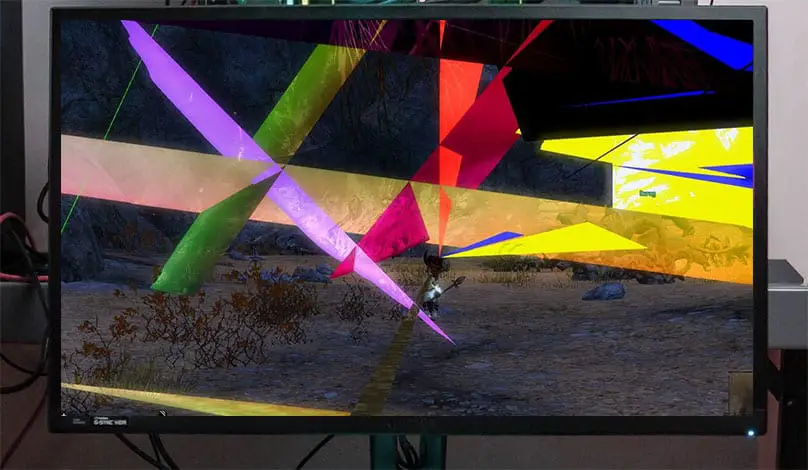
Texture Artifacts: These occur when textures (the “paint” put over 3D models) display incorrectly. It looks like a wall in a game has a shimmering or waving effect, or textures may appear stretched or out of place.
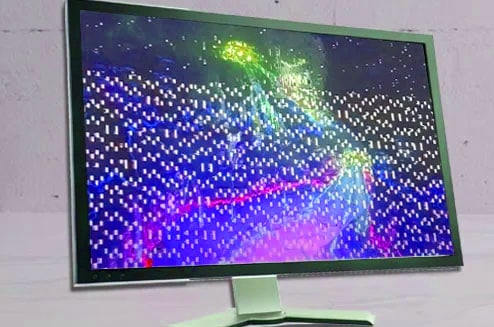
Pixel Artifacts: These are random pixels that light up in odd colors. They look like small dots or specks that don’t belong.
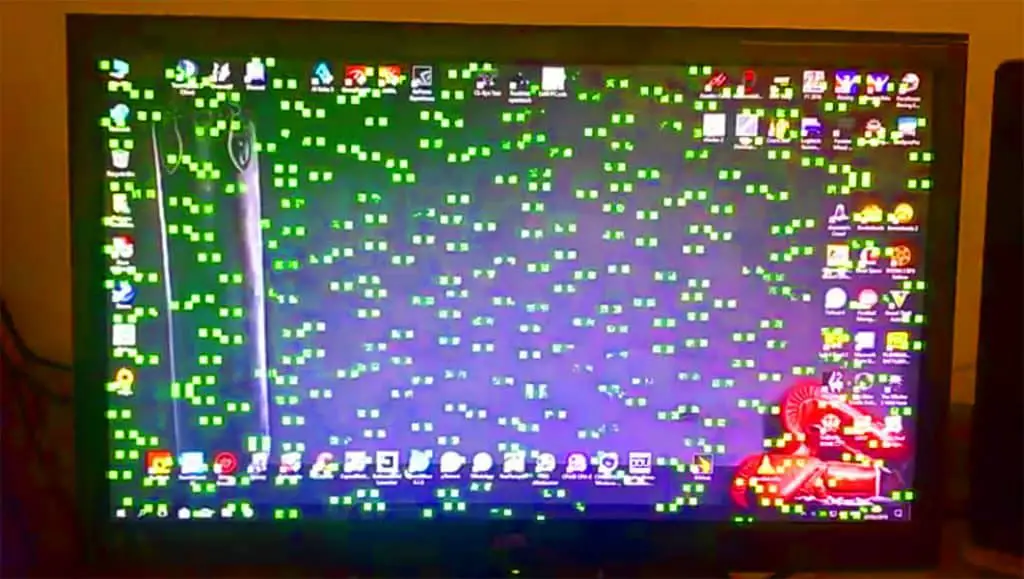
Screen Artifacts: These involve larger issues with the display, such as flickering, a screen that goes black or another color, or patterns that overlay the entire screen.

Common Causes of Artifacting
Overheating: If the GPU gets too hot, it can malfunction, leading to artifacts. Poor ventilation, dust buildup, or a failing GPU fan can increase temperatures.

- If the GPU’s temperature rises above its safe threshold, it can lead to erratic behavior, including visual artifacts.
- Dust buildup, aging thermal paste, malfunctioning fans, inadequate case airflow, or blockages in the cooling system can contribute to overheating.
Overclocking: Pushing the GPU beyond factory settings can cause instability and artifacts. If artifacts appear after overclocking, it’s a clear sign that the GPU might be pushed too hard.
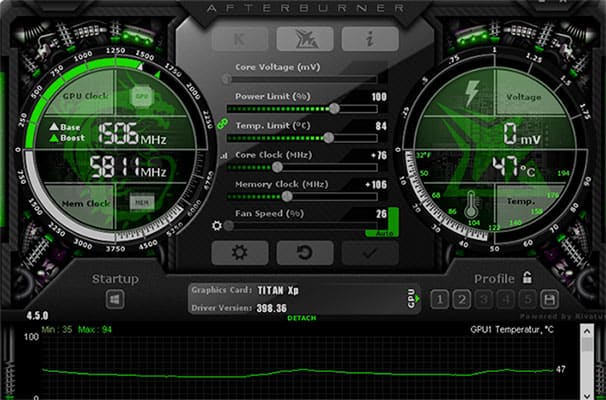
- Pushing the GPU beyond its intended frequency or voltage can lead to performance gains but also risks system instability, which can manifest as artifacts.
Faulty VRAM: The Video RAM (VRAM) on a graphics card can also become faulty, leading to artifacting, especially texture-related artifacts.
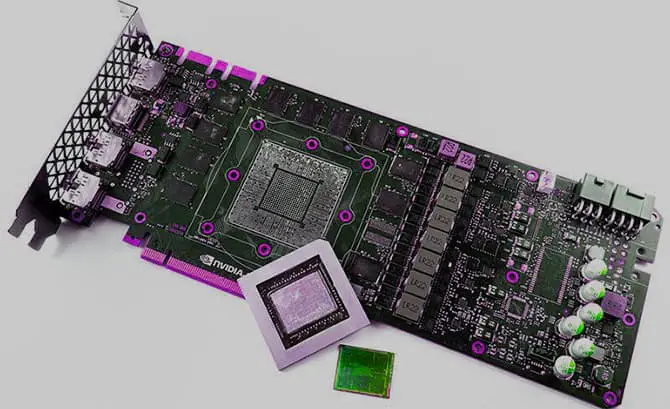
- If certain segments of the VRAM are damaged or malfunctioning, data stored in those areas may read incorrectly, leading to visual glitches.
Driver Issues: Sometimes, the software that controls the GPU (drivers) can have bugs or conflicts that cause artifacts.
- Corrupt, outdated, or incompatible drivers can sometimes cause graphical anomalies.
- Conflicts with system updates, bugs in newly released driver versions, or residual issues from prior driver installations can be at fault.
Insufficient Power: If the GPU isn’t receiving enough power from the power supply unit (PSU), it can malfunction and produce artifacts.
Physical Damage: If a GPU has been physically damaged (e.g., by dropping, static electricity, or liquid spill), it might start to artifact.
Aging Hardware: Like all electronics, GPUs can degrade over time, and an old GPU starts artifacting simply due to wear and tear.
BIOS/ Firmware Issues: Sometimes, a GPU’s firmware or BIOS can have bugs or become corrupted.
- This software layer interacts directly with the hardware. Any issues here can cause malfunction.
- A bad firmware update, conflicts with motherboard BIOS settings, or other software-level inconsistencies can be responsible.
Dust: Dust can contribute to GPU artifacts, primarily through its influence on the temperature and thermal performance of the GPU.
- Dust acts as an insulator. Dust accumulating on the GPU heatsinks, fans, and other cooling components can reduce heat dissipation efficiency. This means that heat generated by the GPU is not efficiently transferred away from the core components, causing the GPU to overheat.
- In addition to directly affecting the GPU’s cooling system, dust can block case fans and vents. Reduced airflow, in this case, can lead to higher overall ambient temperatures, exacerbating the heat issues of the GPU.
Troubleshooting and Solutions
Cooling: Ensure your GPU is adequately cooled. Clean out dust, replace thermal paste if needed, and consider improving case airflow.
Reset Overclocking: If you’ve overclocked your GPU, revert to the original settings and see if the artifacts disappear.
Update/Reinstall Drivers: Ensure you have the latest GPU drivers. Sometimes, rolling back to a previous driver can help if a new update introduces issues.
Check PSU: Ensure your power supply can deliver the necessary power for all your components, especially if you’ve recently upgraded parts.
Test GPU: If possible, test your GPU in another system. If it is still artifacts, the GPU might be the issue. If not, something else in your original system might be the culprit.
If you’ve tried all troubleshooting steps and the artifacting persists, consider replacing the GPU or seeking a professional diagnosis.
GPU Artifacting test
If you suspect your GPU is artifacting and you want to test it to confirm, there are several software tools and methods available that can help you identify and diagnose GPU artifacts. Here’s a step-by-step approach:
Visual Inspection: Before diving into software-based tests, inspect the display for anomalies when running graphically intensive tasks. These can range from random pixels, strange lines, wrong colors, or any unusual patterns on the screen.
Check Temperatures: Overheating is a common cause of artifacting. Use software like HWMonitor, MSI Afterburner, or GPU-Z to monitor your GPU’s temperatures. Running the GPU under load (like playing a game or using a stress test) will provide a clearer picture of its thermal performance.
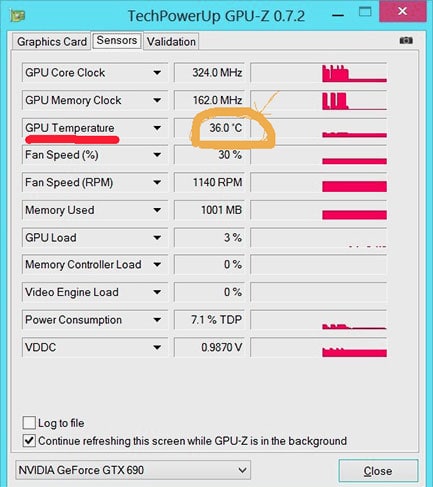
Stress Test the GPU
FurMark: It’s a popular GPU stress test utility that can push your GPU to its limits. If your GPU is prone to artifacting, running FurMark for an extended period will often cause the artifacts to appear.
Unigine’s Heaven or Superposition: These are more real-world benchmarking tools that render graphically intense scenes. They are less aggressive than FurMark but can still reveal artifacts in a GPU that’s starting to fail.
Memory Test: A faulty VRAM can lead to artifacting. Tools like Video Memory Stress Test (VMT) or OCCT can help diagnose your GPU’s video memory errors.
Change Clock Speeds: If you’ve overclocked your GPU, try reverting it to stock settings and see if the artifacting persists. If the GPU runs at stock, slightly decreasing the core and memory clocks can help determine if the GPU is unstable even at stock settings.
Driver Reinstallation: Sometimes, driver issues can cause artifacts. Use Display Driver Uninstaller (DDU) to completely remove the existing GPU drivers and reinstall the latest version. Alternatively, consider rolling back to a previous version if you recently updated drivers.
External Factors: Test with a different monitor or cable to rule out the possibility of artifacts being caused by external factors.
Check for Physical Issues: Ensure the GPU is properly seated in its PCI slot and all power connectors are firmly connected. Also, visually inspect the GPU for any damage or dust build-up signs.
If, after these tests, the artifacting persists, there’s a high chance the GPU might be facing hardware issues. Depending on the GPU’s warranty status, consider contacting the manufacturer or looking into repair or replacement options.
GPU Artifacting examples
GPU Artifacting refers to the visual glitches and anomalies that arise due to GPU problems, and it can manifest in various ways. Here are some examples of GPU Artifacting:
Screen Flickering: Rapid changes or flashing on the screen, particularly during graphic-intensive operations.
Random Pixels: Colored dots or pixels that appear sporadically on the screen, which shouldn’t be there.
Incorrect Colors: Unexpected colors appear in places they shouldn’t, such as green trees turning pink or blue skies turning yellow.
Geometry Errors: These might appear as lines, shapes, or polygons stretching across the screen in odd or unintended patterns.
Texture Problems: Textures may appear stretched, distorted, or out of place. You might see shimmering or flashing textures, especially in 3D games.
Persistent Lines: Horizontal or vertical lines that stay on the screen.
Screen Freezing: While this can be due to other issues, combined with other artifacts, it can suggest a GPU problem.
Black Squares or Boxes: Random black or colored squares appearing over textures or other screen elements.
Tearing: Parts of the display seem out of sync, resulting in a ‘torn’ appearance, especially when there’s rapid movement on the screen.
Checkerboard Patterns: The screen might display a checkerboard pattern instead of regular content.
Weird Shadows or Reflections: In 3D games, shadows or reflections may appear incorrect or exaggerated.
Screen Blackouts: The screen goes entirely black for a few seconds and then returns.
If you experience persistent and unexplained visual issues on your display, consider other potential causes, including monitor problems, software glitches, or driver conflicts, before determining it’s an issue with the GPU.
Learn More:
Does Overclocking Reduce GPU Lifespan?
What Is CPU Package Temp And How To Check?
Table of Contents
